Apple surprised many this week by abruptly discontinuing the Thunderbolt Display without announcing a replacement. But, as Apple pointed out, "there are a number of great third-party options available for Mac users." With that said, AppleInsider has compiled a list of the top Thunderbolt-alternative displays for Macs that are available today.
Compatibility
Now that Apple's Thunderbolt Display has been officially discontinued, those in the market for a new monitor have a variety of alternatives to consider. But before purchasing a 4K or 5K display, you may want to double check whether your Mac supports Ultra HD (UHD) resolution.
Back in late 2013, Apple began shipping Retina MacBook Pros and Mac Pros with Thunderbolt 2.0 support. Twice as fast as Thunderbolt, the 2.0 version allowed for 4K output at 30Hz in Single Stream Transport (SST) mode with some models supporting 4K displays at 60Hz in Multi Stream Transport (MST) mode. Select MacBook Air, iMac and Mac mini configurations adopted Thunderbolt 2.0 a bit later in 2014 and 2015, but the 12-inch MacBook line never natively utilized the technology due to the single USB-C port. For more information regarding compatibility, see Apple's Thunderbolt FAQ.
Macs with Thunderbolt 2.0 compatibility:
MacBook Air (13-inch, Early 2015)
iMac (Retina 5K, 27-inch, Late 2014)
Mac mini (Late 2014)
MacBook Pro (Retina, 13-inch, Late 2013) and later
MacBook Pro (Retina, 15-inch, Late 2013) and later
Mac Pro (Late 2013)
Macs that support most single-stream (SST) 4K displays at 60Hz (with OS X Yosemite v10.10.3 and later):
MacBook Pro (Retina, 13-inch, Early 2015)
MacBook Pro (Retina, 15-inch, Mid 2014)
Mac Pro (Late 2013)
iMac (27-inch, Late 2013) and later
MacBook Air (Early 2015)
Best Alternatives to Apple's Thunderbolt Display
Once compatibility has been verified, there are a variety of high-resolution monitors that meet or exceed Apple's Thunderbolt Display specifications. The models shown below offer a variety of features, from UHD resolution to 99% Adobe RGB support.
Dell UltraSharp 27" U2717D InfinityEdge Monitor
Dell's UltraSharp line has long been a go-to for a variety of individuals from gaming enthusiasts to graphic designers. Their latest 27-inch offering, the U2717D, features InfinityEdge borders under 8.4mm for more seamless viewing. In addition, the 16:9 widescreen display utilizes In-play switching (IPS) technology with a max resolution of 2560 x 1440 pixels at 60Hz, which is identical to that of Apple's decommissioned Thunderbolt display. The monitor also supports 16.7 million colors with 350 cd/m2 brightness and a 6-8ms response time.
Connectivity:
DisplayPort (DP)
Mini DisplayPort (mDP)
HDMI (MHL)
The Dell U2717D is currently priced at $649.99, which is $70 off, at Dell directly. Third-party sellers on Amazon also have the display starting at $510.
Dell P4317Q 43" IPS LED Display
If a 27-inch display isn't large enough, the newly released 43" Dell P4317Q offers an abundance of screen real estate with a 1000:1 contrast ratio and a max resolution of 3840 x 2160 at 60Hz. Featuring In-plane switching technology like Apple's Thunderbolt display, the P4317Q offers 178-degree wide angle viewing and a multitude of connections, such as DisplayPort 1.2, Mini DisplayPort 1.2 and two HDMI 1.4 ports.
The new Dell P4317Q 43-inch LED display retails for $1,349.99 at Dell with free shipping.
Asus PA328Q 32" 4K UHD Monitor
Built to withstand the rigors of graphic design, the 32-inch Asus PA328Q features 3840 x 2160 resolution, which makes it an Ultra HD monitor compared to the retired Thunderbolt's WQHD (2560 x 1440) display. The PA328Q also offers 100% sRGB and Rec. 709 color space support. Connectors include HDMI, DisplayPort 1.2, and MHL 3.0 — although it doesn't have a dedicated Mini DisplayPort, Mac users can simply use a Mini DisplayPort to DisplayPort cable like this one at Amazon for $9.99 to connect the system to the display.
The Asus PA328Q can be found at Amazon for $989.99 with free shipping.
LG UltraWide 34UM88-P 34" LED Monitor
For users seeking a wider Thunderbolt 2.0 display, the 34-inch LG 34UM88-P provides ample screen space to place multiple windows side by side. The WQHD monitor also has not one but two Thunderbolt 2.0 ports plus USB 3.0 quick charge. The IPS panel supports a max resolution of 3440 x 1440 with a 21:9 aspect ratio.
Ports include:
2 HDMI (ver 2.0)
1 DisplayPort (ver1.2)
1 Thunderbolt (ver 2.0)
1 USB Up-Stream (ver 3.0)
2 USB Down-Stream (ver 3.0)
Although the 34-inch LG UltraWide 34UM88-P display with Thunderbolt retails for $999, it's currently on sale for $787.52 at Amazon, a discount of $212 off MSRP.
BenQ SW2700PT 27" WQHD Display
Designed with photographers and graphic artists in mind, the 27-inch BenQ SW2700PT features the same 2560 x 1440 resolution as the Apple Thunderbolt display. It also includes a detachable shading hood for glare reduction and 99% Adobe RGB for a broader range of colors.
The BenQ SW2700PT is currently priced at $629.99 on Amazon, which is $20 off MSRP.
 Christine McKee
Christine McKee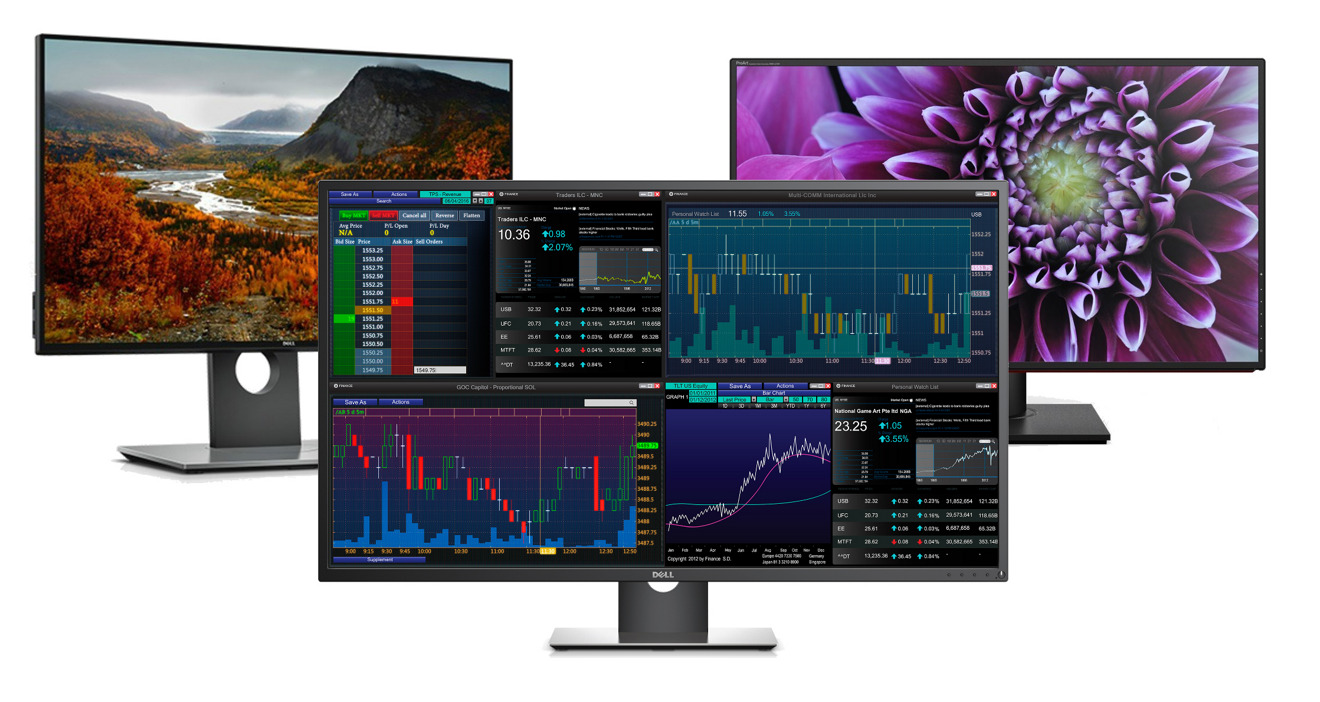
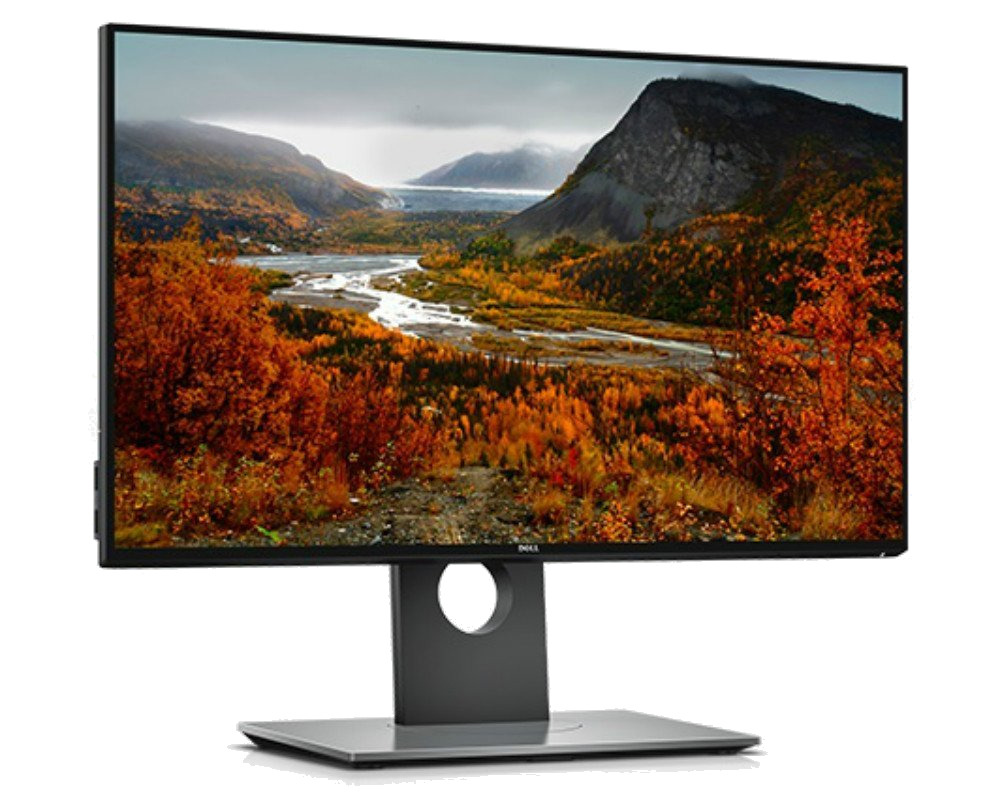
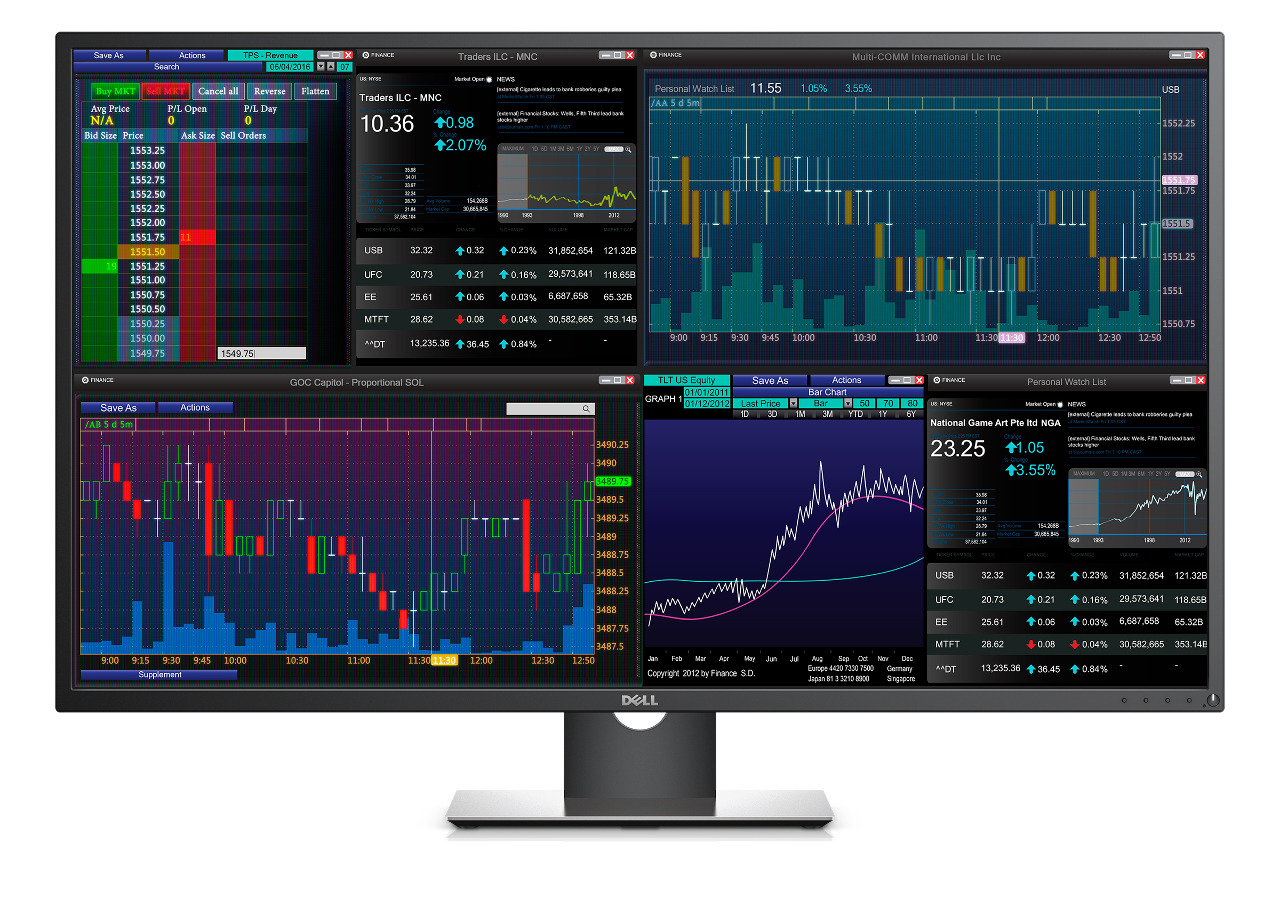
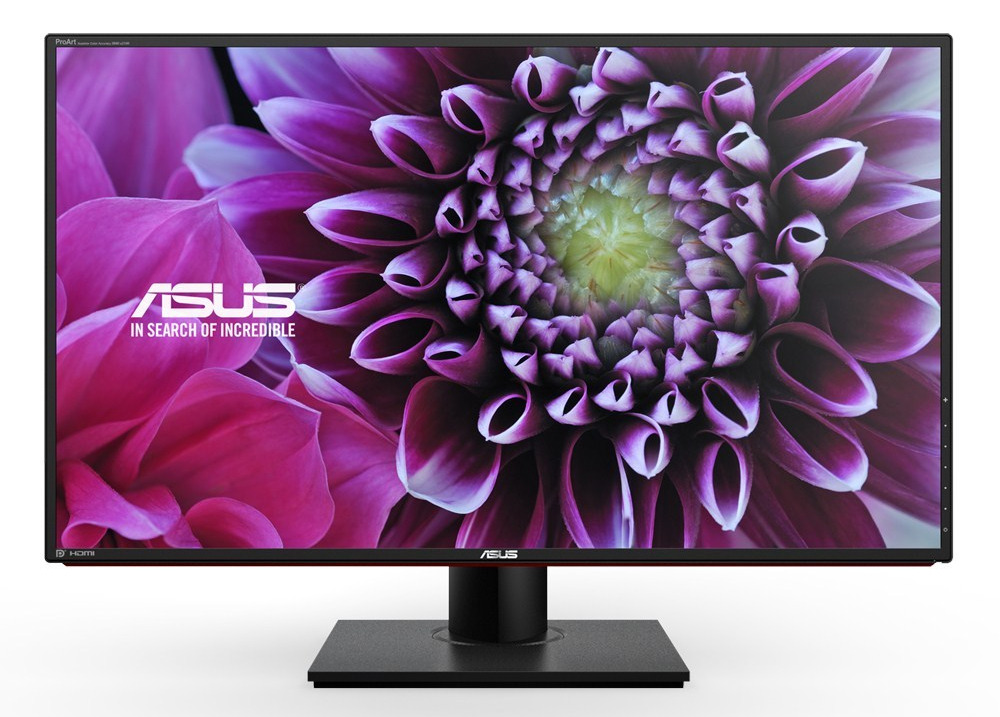
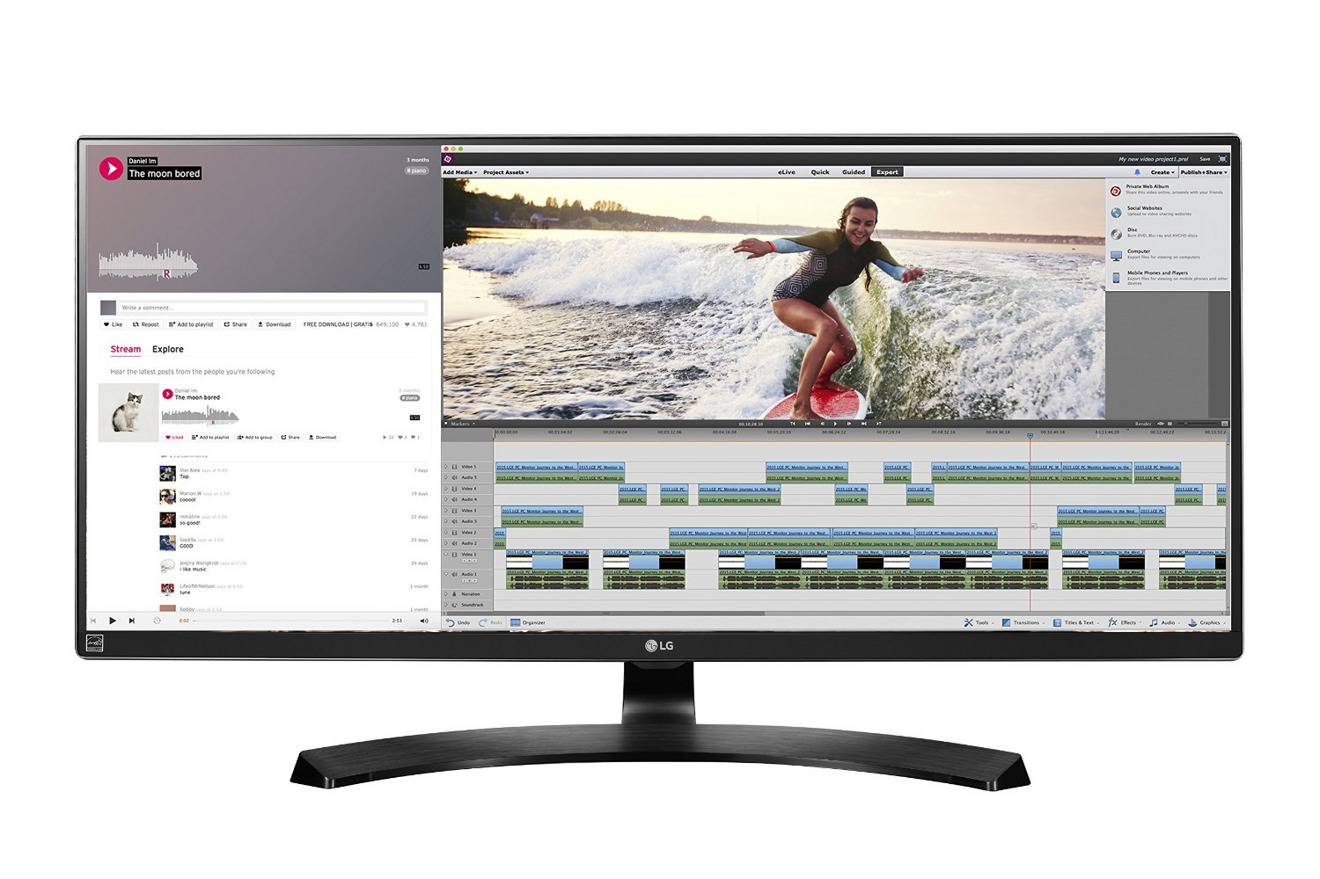
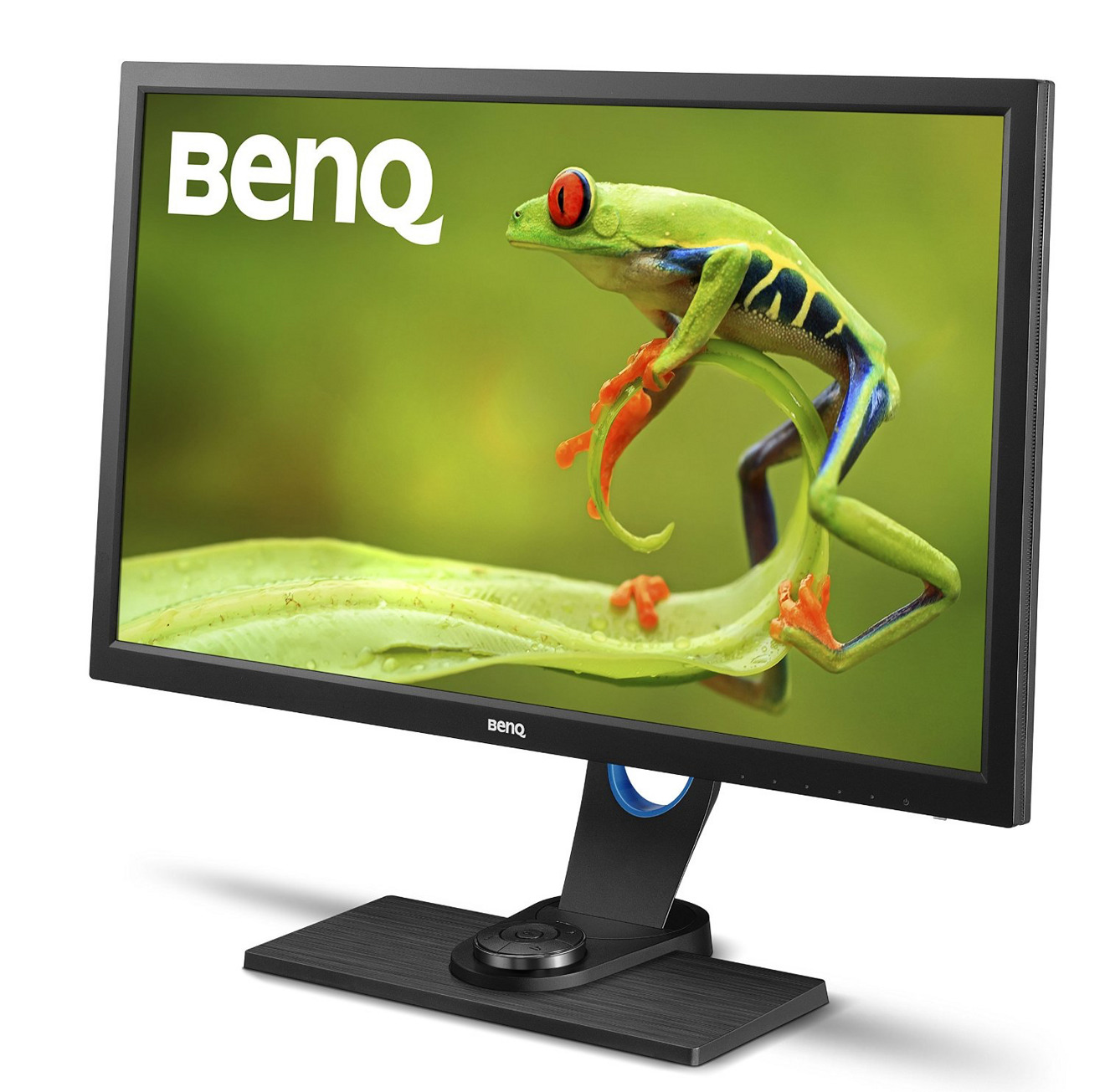







-m.jpg)






 Charles Martin
Charles Martin

 Wesley Hilliard
Wesley Hilliard
 Malcolm Owen
Malcolm Owen
 Andrew Orr
Andrew Orr
 William Gallagher
William Gallagher
 Sponsored Content
Sponsored Content







26 Comments
I have been using BenQ for gaming and also graphic design going on 6 years now. I also have 2 of the Apple monitors for comparison. I have had great experience with the BenQ product and customer support when needed is good. Unfortunately it seems tough to find someone that builds a monitor for greatness versus looking to squeeze every dime out of profit and getting the price point low. I really appreciate how Apple constructs their monitors out of Aluminum and glass. Something to be said for using "premium" materials.
They might be the best but they still say derp on the front.
I me it makes sense Apple might get out altogether from the Monitor business. For the same reason they likely won't enter the TV panel business. Apple should be focused on the products it's ecosystem actually runs on, and let others supply the dumb peripherals. Note Apple is no longer in tbe printer business either. Beats speakers and headphones/earbuds being an exception to this rule, but as noted by others, Apple bought Beats for the talent in order to launch Apple Music; the hardware came along for the ride and meets Apple's profit margin criteria. So why not milk that business since Apple sells speakers, etc in its stores anyway. But generally Apple shouldn't be a major player in peripherals.
Within 12 months I'd say we'll see a new Apple monitor. Apple won't wish to leave such money on the table as someone checks out a Mac Pro, and as notebooks become thinner and smaller a large Apple monitor will be attractive to some. They could take this in any direction and make it a pro hub for notebook Macs and a welcome extension for desktop Macs. Yeah I don't see Apple quitting the monitor game.